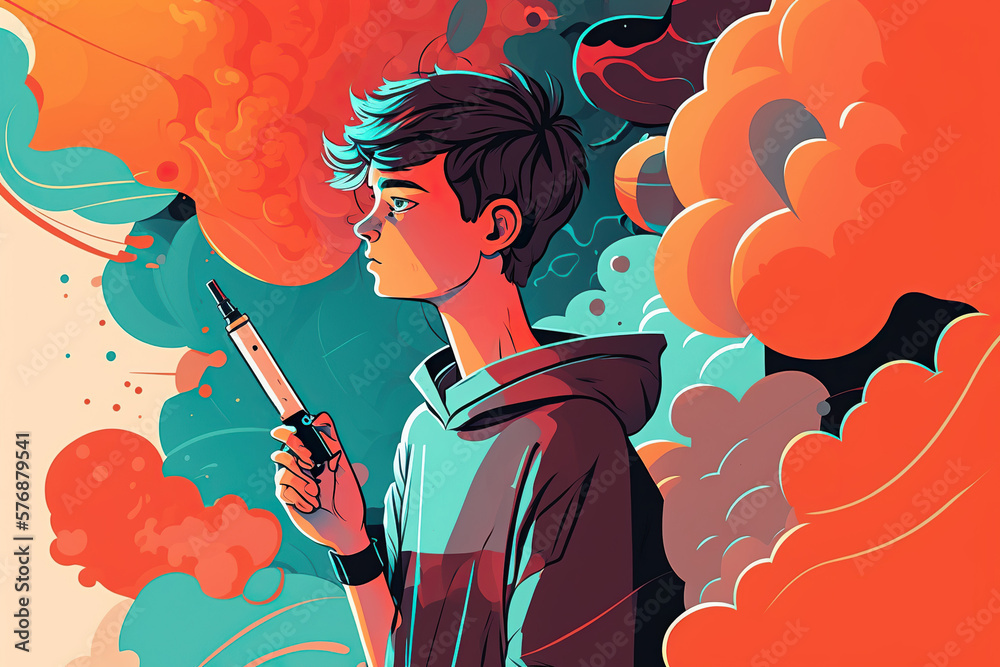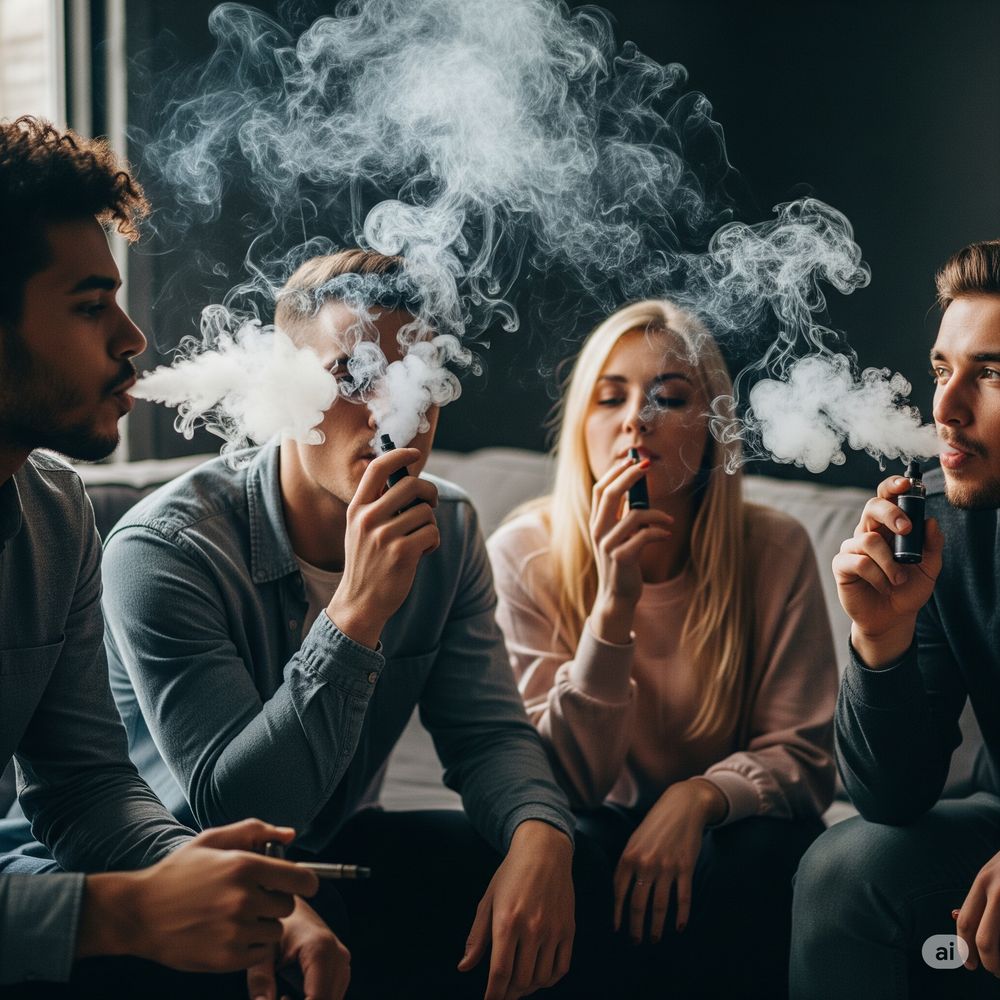Nicotine Aesthetics and Youth Identity
Nicotine aesthetics have become a powerful influence on youth identity, shaping how young people express themselves in social and cultural spaces. This phenomenon extends beyond traditional views of nicotine use, blending elements of style, symbolism, and personal branding. The appeal lies not only in the act itself but also in the visual and cultural meanings attached to it. As youth navigate complex identities, they incorporate these aesthetics to signal belonging, rebellion, or creativity. This emerging trend reflects broader societal shifts where lifestyle choices intertwine with self-expression and community formation, especially in urban and digital contexts.
Nicotine Aesthetics as a Cultural Language in Youth Communities
The adoption of nicotine-related styles reveals how cultural language evolves within youth groups. These aesthetics operate as a form of nonverbal communication, allowing individuals to convey mood, attitude, and affiliation without words. Consequently, fashion and accessories linked to nicotine use often carry symbolic weight, acting as markers of subcultural membership. Such visual cues foster connections, enabling participants to identify peers who share similar values or experiences. Moreover, this cultural language adapts rapidly, absorbing influences from music, art, and social media trends, which continually refresh its relevance.
This dynamic also creates a sense of exclusivity and innovation. Many youths experiment with customization, selecting devices, colors, and designs that express unique identities. These choices often reflect personal stories or broader social narratives, reinforcing self-perception while attracting admiration from others. Additionally, the trend intersects with digital spaces, where curated images and videos amplify these symbols, spreading their impact far beyond local communities. Through this process, youth reshape traditional symbols, transforming them into contemporary icons of identity.
The Impact of Nicotine Aesthetics on Youth Behavior and Social Interaction
Beyond visual appeal, the integration of these aesthetics influences social dynamics and behaviors. In gatherings or social events, the aesthetics function as social currency, enabling individuals to negotiate status and group acceptance. This phenomenon highlights how appearance and presentation become central to interactions, affecting both first impressions and ongoing relationships. Furthermore, the aesthetics encourage a performative aspect, where youth consciously craft their image to engage with peers and cultural narratives.
The emphasis on design and personalization fosters creativity, yet also raises questions about health and societal perceptions. While some view this as an innovative form of expression, others critique it for glamorizing potentially harmful habits. This tension reflects ongoing debates surrounding youth culture and public health messaging. Nevertheless, the continued popularity of such aesthetics underscores their significance as more than mere trends—they represent evolving ways youth connect, communicate, and define themselves.
In summary, nicotine aesthetics play a crucial role in shaping contemporary youth identity by merging visual culture with social meaning. As this trend expands, understanding its nuances provides insight into how young people navigate identity in fast-changing cultural landscapes.














